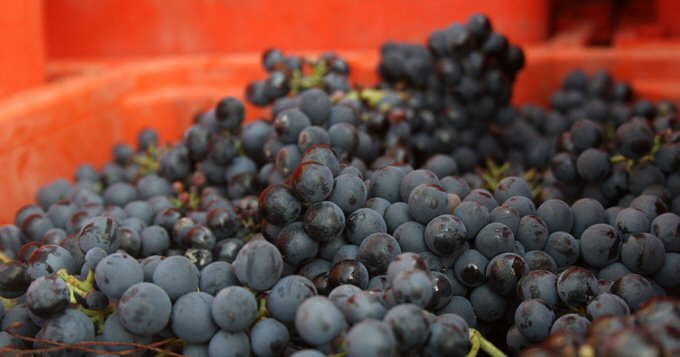Wine

“Sanghiogheto (Sangiovese) bitter to the taste, but juicy and full of wine” is the unrivalled protagonist of San Casciano dei Bagni and, in particular, of the hamlet of Palazzone.
For centuries the agriculture and economy of Palazzone has revolved around the production of fine Chianti and obtained international recognition since 1895 in the form of the Gold Medal and Diploma of Honour of the Société Philomatique, Nationale, Internationale and Universale XIIIème Exposition de Bordeaux.
The traditional cultivation of Sangiovese, Malvasia, Canaiolo, Colorino and Trebbiano find in this clayey, sandy territory the perfect conditions for the vines to give their best expression.
You can taste Chianti and visit the wine cellars of Palazzone by contacting directly the following producers: Ravazzi, Giacomo Mori and PoderNuovo.
-
PoderNuovo Winery This company originated in the desire of its owners to produce wines of high quality on land, which had...
-
Giacomo Mori Winery The commercialization of wine aged in the cellars of Palazzone and Chiusi began to develop at the end...
-
Ravazzi Winery Located in Palazzone, in the territory of San Casciano dei Bagni, the Ravazzi Winery has been producing...
-
Fonteverde Wine Shop "Bottiglieria" Fonteverde’s winery, la Bottiglieria, is the place where you can enjoy wines from Tuscany and from other...
-
Il Poggio Agricultural Company The Il Poggio Farm has approximately 100 hectares at its disposal. This land includes Mannella, Bandite...
Until 1700 Chianti was always a pure Sangiovese but in the 19th century, with the definition of Chianti by Baron Ricasoli (at that time actively involved in collaboration with the Mori family of Palazzone), a small percentage of other grapes, such as Canaiolo and Malvasia, were added to the Sangiovese grape. The wine thus produced in Palazzone is certified with the Denomination of Controlled and Guaranteed Origin (DOCG).
Malvasia and Trebbiano are green grapes which give life to the Vin Santo of Chianti D. O.C. G., a typical sweet Tuscan wine obtained by the withering of the grape clusters and their subsequent fermentation and ageing in “caratelli” (small wooden barrels with a capacity of about 50 litres). It is a tradition for the Vin Santo to be subjected to the process of ageing in the room beneath the roof so that it is exposed to all variations in climate for at least 5-6 years.